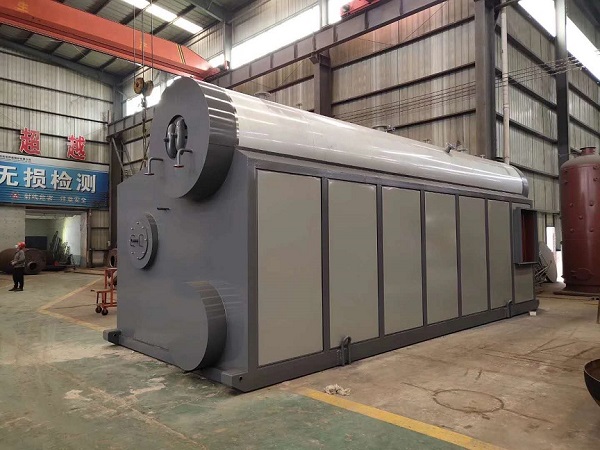Guide: Oil and gas boilers must have an independent boiler room. In the initial stage of boiler purchase, users must prepare the boiler room. The size and layout of the boiler room must meet the layout requirements. The equipment must be placed properly and safe passages must be reserved to ensure the safe use of the furnace. What are the requirements for setting up oil and gas boiler rooms and what are the procurement procedures for industrial boilers?
Oil and gas boilers must have an independent boiler room. In the initial stage of boiler purchase, users must prepare the boiler room. The size and layout of the boiler room must meet the layout requirements. The equipment must be placed properly and safe passages must be reserved to ensure the safe use of the furnace. What are the requirements for setting up oil and gas boiler rooms and what are the procurement procedures for industrial boilers?
1. Requirements for setting up oil and gas boiler rooms
When oil-fired or gas-fired boiler rooms must be arranged in civil buildings due to conditions, they should not be arranged on the upper, lower or adjacent floors of crowded places. The following conditions must be met
1. Oil and gas boiler rooms should be set up on the first floor or the basement level near the outer wall, but normal (negative) pressure oil and gas boilers can be set up on the second floor.
Oil-fired boilers should use Category C liquid as fuel. Boilers that use combustible gas with a relative density (ratio of air density) greater than or equal to 0.75 as fuel shall not be installed in underground or semi-underground buildings (rooms);
2. The doors of the boiler room should lead directly to the outdoors or directly lead to safety exits; a non-combustible fire-proof overhang with a width of not less than 1.0m or a window sill wall with a height of not less than 1.2m should be set above the opening of the exterior wall;
3. The boiler room and other parts shall be separated by a non-combustible partition wall with a fire resistance rating of not less than 2.00h and a non-combustible floor slab with a 1.50h level. No openings should be opened in the partition walls and floor slabs. When doors and windows must be opened on the partition walls, Class A fire doors and windows should be installed;
4. When there is an oil storage room in the boiler room, its total storage capacity should not be greater than 1m3, and the oil storage room should be separated from the boiler by a firewall; when the door must be opened on the firewall, a Class A fire door should be installed;
5. The capacity of the boiler should comply with the relevant regulations of the current national standard "Code for Design of Boiler Houses" GB50041.
6. Fire alarm devices should be installed;
7. Fire extinguishing facilities suitable for the scale of the boiler and building should be set up;
8. The gas-fired boiler room should be equipped with explosion-proof pressure relief facilities, and the gas-fired and oil-fired boiler room should be equipped with an independent ventilation system, and should comply with the relevant regulations of the code.
For boilers installed in buildings, the fuel supply pipes that enter the building should meet the following requirements:
1. Automatic and manual shut-off valves should be set before entering the building and in the equipment room;
2. The oil tank in the oil storage room should be airtight and a vent pipe leading to the outdoors should be provided. The vent pipe should be provided with a breathing valve with a flame arrestor. The lower part of the fuel tank should be equipped with facilities to prevent the dispersion of oil;
3. The laying of fuel gas supply pipelines should comply with the relevant regulations of the current national standard "Urban Gas Design Code" GB50028;
4. The arrangement of Category C liquid fuel storage tanks for boilers shall comply with the relevant provisions of the code.

2.the purchase process of industrial boilers
1. Filing an enterprise project;
2, the technical department consults and communicates in the early stage to determine the model;
3, determine the boiler selection and configuration plan;
3, inspect boiler manufacturers;
4. Determine the manufacturer, sign the contract, and put it into production;
5, boiler delivery;
6. Boiler installation and commissioning;
7, officially put into operation;
Oil-fired and gas-fired boilers have flexible and diversified fuel options. If the user is not sure which fuel to choose, please consult Yang Gong. The Yang Union will select the appropriate boiler fuel and furnace type based on local environmental protection requirements and user production needs. The above briefly introduces the installation requirements of oil and gas boiler rooms, the procurement process of industrial boilers and other issues, I hope it will be helpful to you.




























